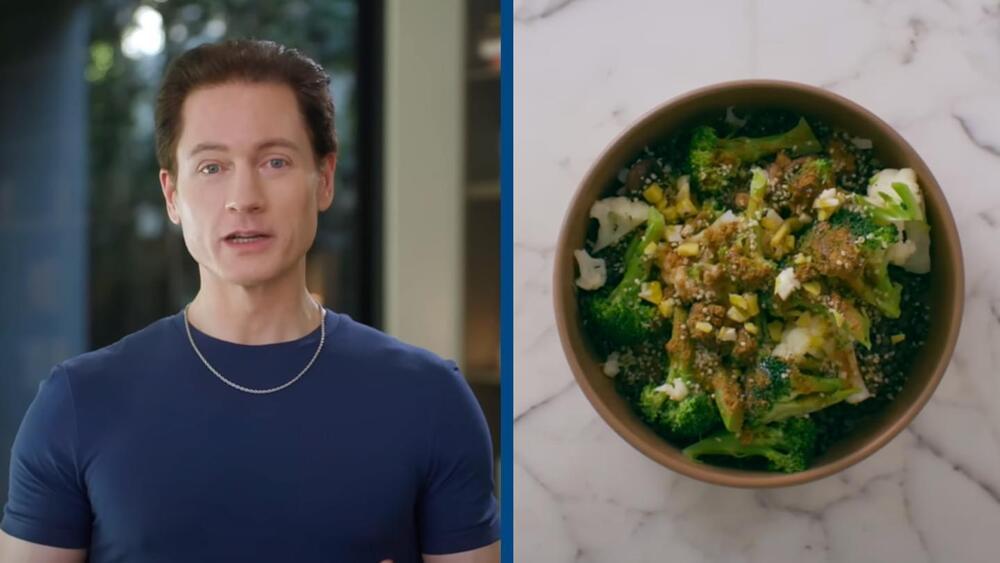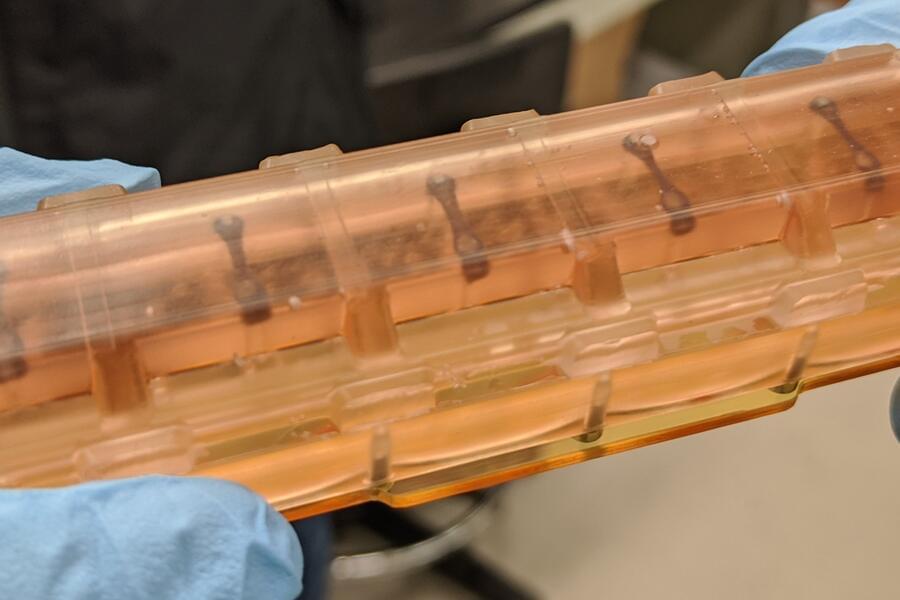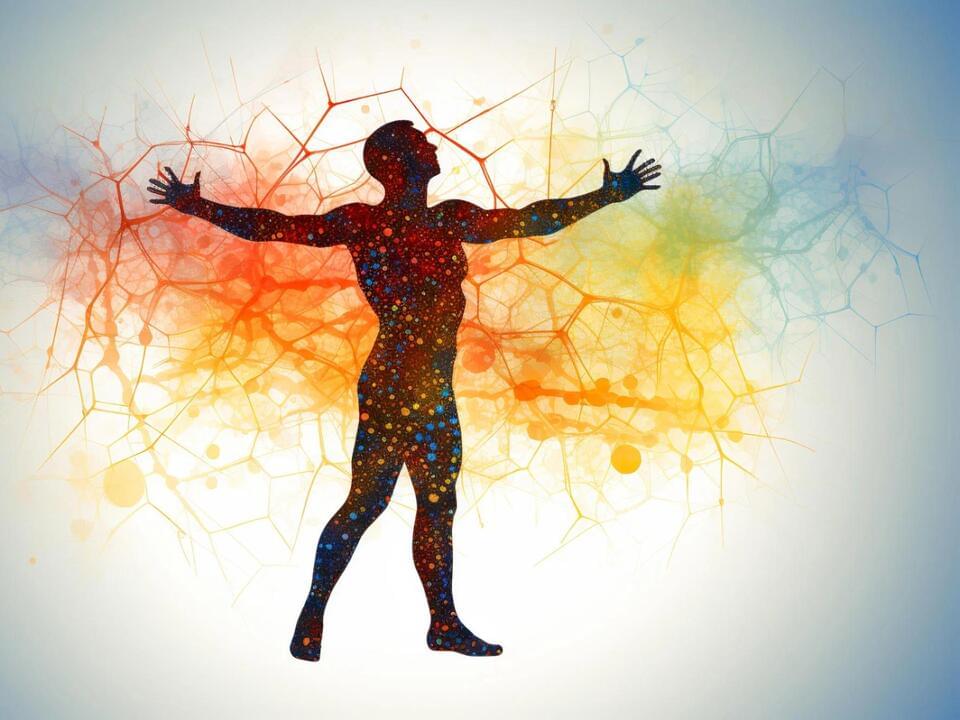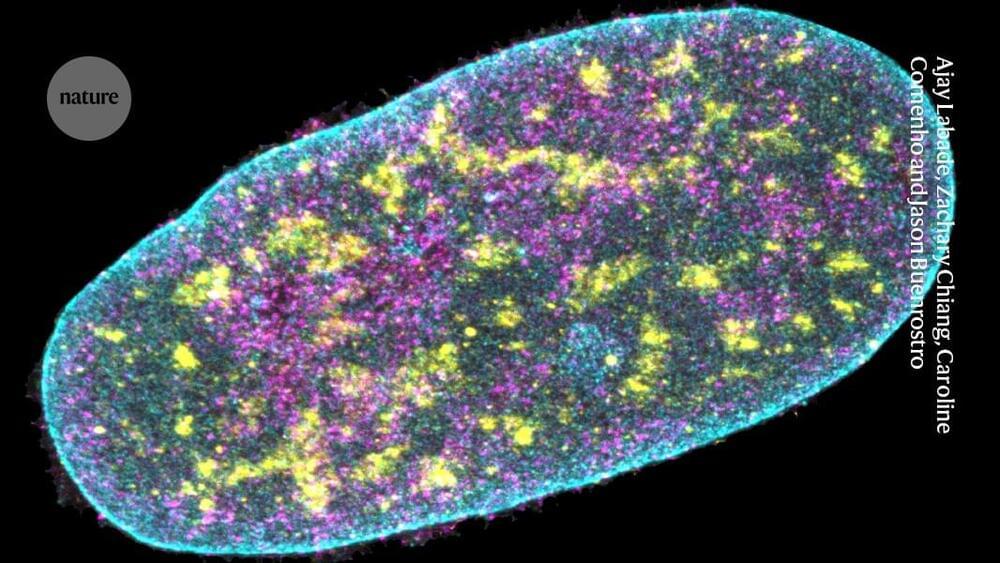Innovative research from Vilnius University sheds light on how DNA methylation impacts cellular aging and healthspan.


Expanding Healthy Human Lifespan for All — Dr. Mehmood Khan, MD — CEO, Hevolution Foundation.
Dr. Mehmood Khan, MD is the Chief Executive Officer of Hevolution Foundation (https://www.hevolution.com/), a first of its kind non-profit organization that funds research through grants and provides investments in biotech to incentivize healthspan science across disciplines and borders for the benefit of all. Established by a Saudi Royal Decree, with its headquarters in Riyadh, with additional international hubs to support the expansion and execute the global mission, it’s vision is to expand healthy human lifespan for the benefit of all humanity.
Hevolution Foundation aims to be positioned as a global leader, catalyst, partner, and convener, to increase the number of scientists entering the field, to increase the investable opportunities in the field of aging, and to help shape the regulatory and government environment.
Dr. Khan also currently serves as the Executive Chairman of Life Biosciences Inc. where he joined the company in April 2019 as the Chief Executive Officer and Board Member. Life Biosciences was founded to advance scientific research and develop innovative new therapies to improve and extend healthy lives for everyone.
Dr. Khan previously served as Vice Chairman and Chief Scientific Officer of Global Research and Development at PepsiCo, a Fortune 50 company employing upwards of 250,000 employees across 22 brands. At PepsiCo, Dr. Khan played a pivotal role in the company’s global R\&D efforts to create breakthrough innovations in food, beverages, and nutrition, including the incorporation of healthier and more nutritious offerings across its portfolio. Dr. Khan also oversaw PepsiCo’s global sustainability initiatives based on the belief that success in business is inextricably linked to the sustainability of the world we share.


Johns Hopkins Medicine scientists who arranged for 48 human bioengineered heart tissue samples to spend 30 days at the International Space Station report evidence that the low gravity conditions in space weakened the tissues and disrupted their normal rhythmic beats when compared to Earth-bound samples from the same source.
The scientists said the heart tissues “really don’t fare well in space,” and over time, the tissues aboard the space station beat about half as strongly as tissues from the same source kept on Earth.
The findings, they say, expand scientists’ knowledge of low gravity’s potential effects on astronauts’ survival and health during long space missions, and they may serve as models for studying heart muscle aging and therapeutics on Earth.

Life expectancy growth has slowed since 1990, with average gains of only 6.5 years in the longest-living populations, suggesting a possible biological limit. A new study emphasizes shifting focus from merely extending life to improving the quality of life through advancements in aging science. Life expectancy saw dramatic increases throughout…

1 Timothy 6:16 is one of the foundational verses for conditionalists. In it, we see a theological principle that we are not ready to relinquish in favour of popular teachings. It is the principle that God is the only being in the universe who has immortality; only God has Immortality His immortality is exclusive. In that respect, he is different from all other beings.
“The only One who has immortality, dwelling in unapproachable light; no one has seen or can see Him, to Him be honour and eternal might. Amen” (HCSB).
The verse is the second part of a doxology: a pause to praise the God of whom the author is writing. In its context, Paul is encouraging Timothy to keep pursuing eternal life to which he was called, but has not yet attained. It is a promise from the only one capable of making that promise: God, who alone possesses that thing that Paul urges Timothy to pursue.

This is about life expectancy, not radical life extension.
A new study has suggested that radical life extension is all but impossible in this century [1], and it has made waves among people interested in living longer.
A paper titled “Implausibility of radical life extension in humans in the twenty-first century” was destined to ignite controversy in the longevity community. Published in Nature Aging, it lists Jay Olshansky as its corresponding author, a renowned researcher who has been studying the populational dynamics of life expectancy for decades. We delved deeper into this study and reached several prominent community members for comments.
Human Immortality — If you thought Human Immortality was just a concept in science fiction, this episode reveals how it will become science fact. For some scientists featured in this program, achieving Immortality is not a question of ‘If’. The real question is ‘When?’
Human Immortality (2022)
Director: Emma Watts.
Writers: Kyle McCabe, Christopher Webb Young.
Stars: Samantha Brady, Aubrey DeGrey, Leonard Guarente.
Genre: Documentary.
Country: United States.
Language: English.
Release Date: August 31, 2022 (United States)
Synopsis:
If you thought Human Immortality was just a concept in science fiction, this episode reveals how it will become science fact. For some scientists featured in this program, achieving Immortality is not a question of ‘If’. The real question is ‘When?’
One scientist shows how she is making lab-grown organs called ‘ghost hearts’ that not only grow quickly, but that can be accepted in any host’s body without rejection—ending the agony for those waiting for organ transplants. Another biologist is looking at Immortality at the microbiological level. In his lab, he’s identified the ‘longevity gene’ (called SIR2) that can slow the ageing process, and which holds the key that will unlock our ability to better control the rate at which we age. One gerontologist is unearthing the immortal secrets of lobsters, who never stop growing and naturally live up to the astonishing age of 122 years. Inspired by how their bodies regulate cellular division, he’s developing cutting-edge medications that will boost human longevity.
Incredibly, one pioneer is creating a unique medical cocktail that can even reverse ageing. Medical techniques like these could pave the way to Human Immortality.
SUPPORT US!

Researchers are queuing up to try a powerful microscopy technique that can simultaneously sequence an individual cell’s DNA and pinpoint the location of its proteins with high resolution — all without having to crack the cell open and extract its contents. Imaging DNA and proteins inside intact cells provides crucial information about how these molecules work together.
The method’s developers have already used it to study how ageing might alter the way that proteins in the nucleus interact with chromosomes. As the body ages, they found, changes in these nuclear proteins could suppress gene activity.
“This paper is really extraordinary,” says Ankur Sharma, a cancer biologist at the Garvan Institute of Medical Research in Sydney, Australia, who was not involved in the study but is keen to use the approach to study cancer cells and described it as “phenomenal” on the social-media platform, X.

Summary: New research demonstrates that learning a second language enhances brain connectivity, particularly when started in childhood. Scientists found that bilingual individuals have more efficient communication between brain regions, notably between the cerebellum and left frontal cortex.
The study, which used whole-brain fMRI scans, shows this effect increases the younger a second language is learned, suggesting an early boost to cognitive flexibility and neuroplasticity. This heightened connectivity may improve cognitive performance and resilience to age-related decline. The findings contribute to understanding bilingualism’s broader impact on the brain and could have implications for education and brain health.